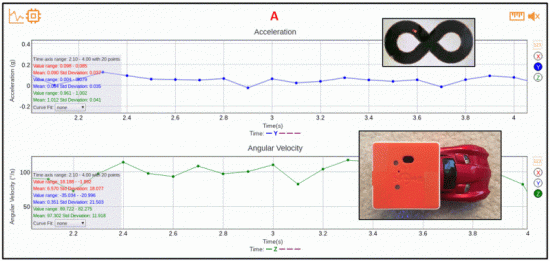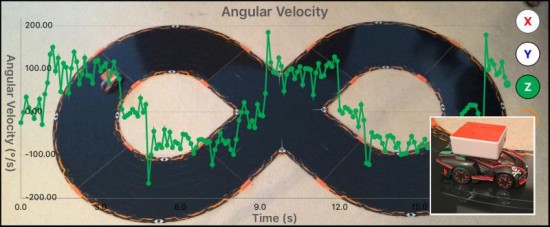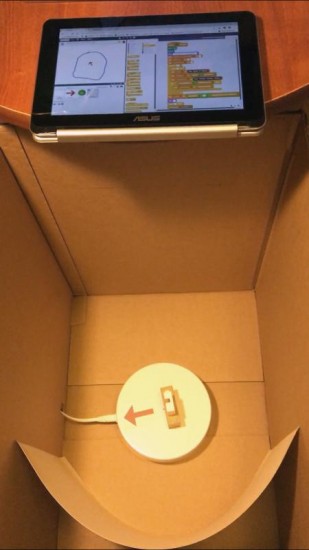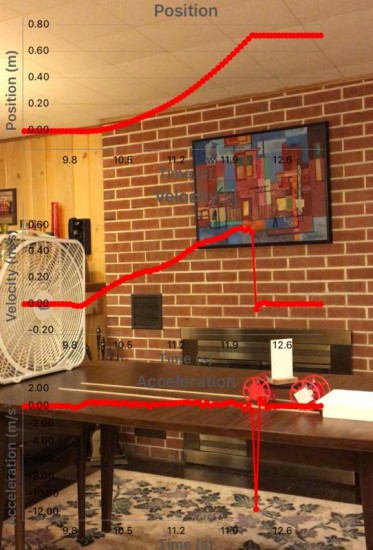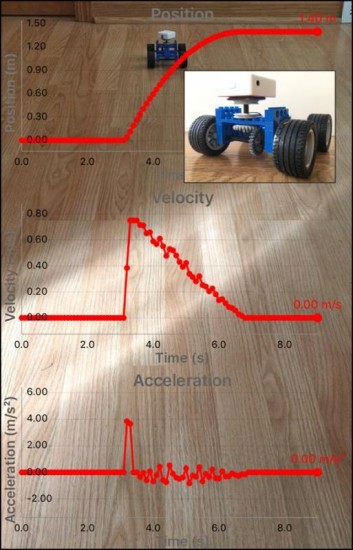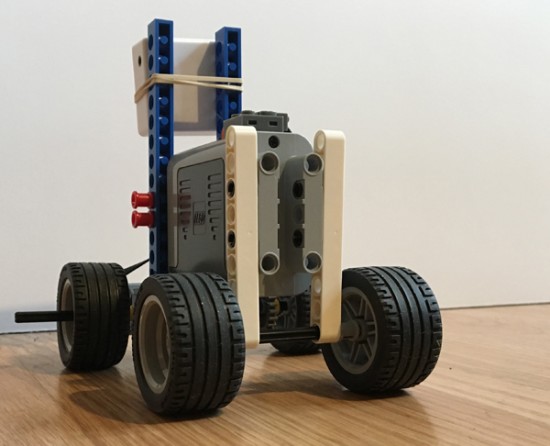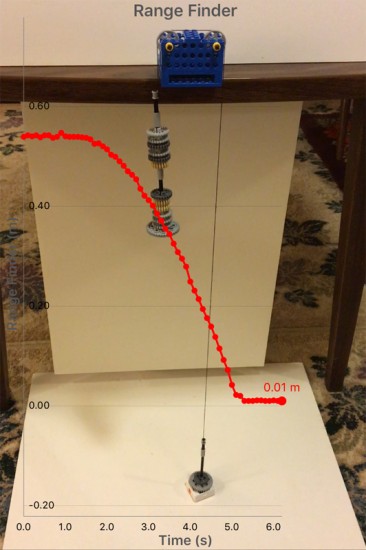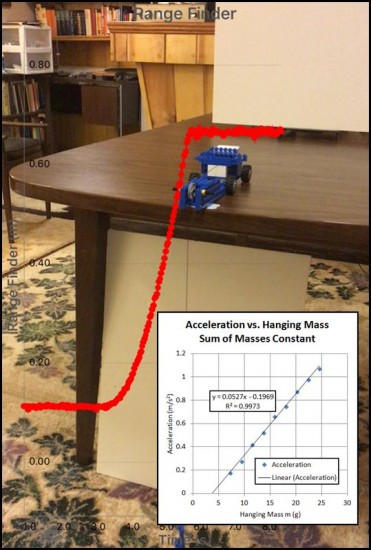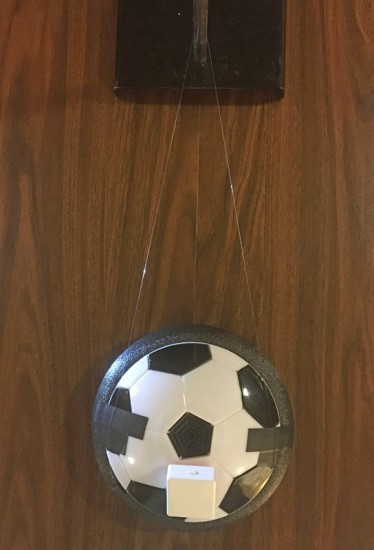CloudLab Statistics Feature Preview: Determining Curve Radius
Collection of angular velocity and acceleration sensor data is prone to seemingly random “noisy” variations, even when the associated motion appears to be smooth to the observer. The easiest way to compensate for this variation is to compute the mean value for the duration of such a random variation. The up-and-coming, but not yet leased, CloudLab software from PocketLab provides an easy way to compute means, standard deviations, and other statistics for a selected region of PocketLab data.

